BOTSWANA
BOTSWANA
BOTSWANA
A land of riches
A land of riches
A land of riches
Considered the jewel of Southern Africa, Botswana is undoubtedly one of the most popular and renowned safari destinations on the continent, attracting travellers from across the world to experience its breathtaking landscapes and incomparable wildlife.
From the vast horizons of the Kalahari Desert to the lush Eden that is the legendary Okavango Delta, Botswana offers safari experiences like no other. The country's commitment to wildlife conservation and sustainable tourism has gained it recognition as a top destination for nature lovers.
In the heart of the action is the Okavango Delta, a UNESCO World Heritage Site and one of the largest inland deltas in the world. Here, tourists can embark on mokoro (traditional canoe) safaris, gliding through tranquil waters as they spot elephants, hippos, and a plethora of bird species.
For those seeking a more rugged adventure, Chobe National Park delivers in spades. Known for having one of the highest concentrations of wildlife in Africa, Chobe offers thrilling game drives where visitors can witness lions on the prowl, herds of buffalo, and even elusive leopards.
Considered the jewel of Southern Africa, Botswana is undoubtedly one of the most popular and renowned safari destinations on the continent, attracting travellers from across the world to experience its breathtaking landscapes and incomparable wildlife.
From the vast horizons of the Kalahari Desert to the lush Eden that is the legendary Okavango Delta, Botswana offers safari experiences like no other. The country's commitment to wildlife conservation and sustainable tourism has gained it recognition as a top destination for nature lovers.
In the heart of the action is the Okavango Delta, a UNESCO World Heritage Site and one of the largest inland deltas in the world. Here, tourists can embark on mokoro (traditional canoe) safaris, gliding through tranquil waters as they spot elephants, hippos, and a plethora of bird species.
For those seeking a more rugged adventure, Chobe National Park delivers in spades. Known for having one of the highest concentrations of wildlife in Africa, Chobe offers thrilling game drives where visitors can witness lions on the prowl, herds of buffalo, and even elusive leopards.
Considered the jewel of Southern Africa, Botswana is undoubtedly one of the most popular and renowned safari destinations on the continent, attracting travellers from across the world to experience its breathtaking landscapes and incomparable wildlife.
From the vast horizons of the Kalahari Desert to the lush Eden that is the legendary Okavango Delta, Botswana offers safari experiences like no other. The country's commitment to wildlife conservation and sustainable tourism has gained it recognition as a top destination for nature lovers.
In the heart of the action is the Okavango Delta, a UNESCO World Heritage Site and one of the largest inland deltas in the world. Here, tourists can embark on mokoro (traditional canoe) safaris, gliding through tranquil waters as they spot elephants, hippos, and a plethora of bird species.
For those seeking a more rugged adventure, Chobe National Park delivers in spades. Known for having one of the highest concentrations of wildlife in Africa, Chobe offers thrilling game drives where visitors can witness lions on the prowl, herds of buffalo, and even elusive leopards.




Slide title
Write your caption hereButton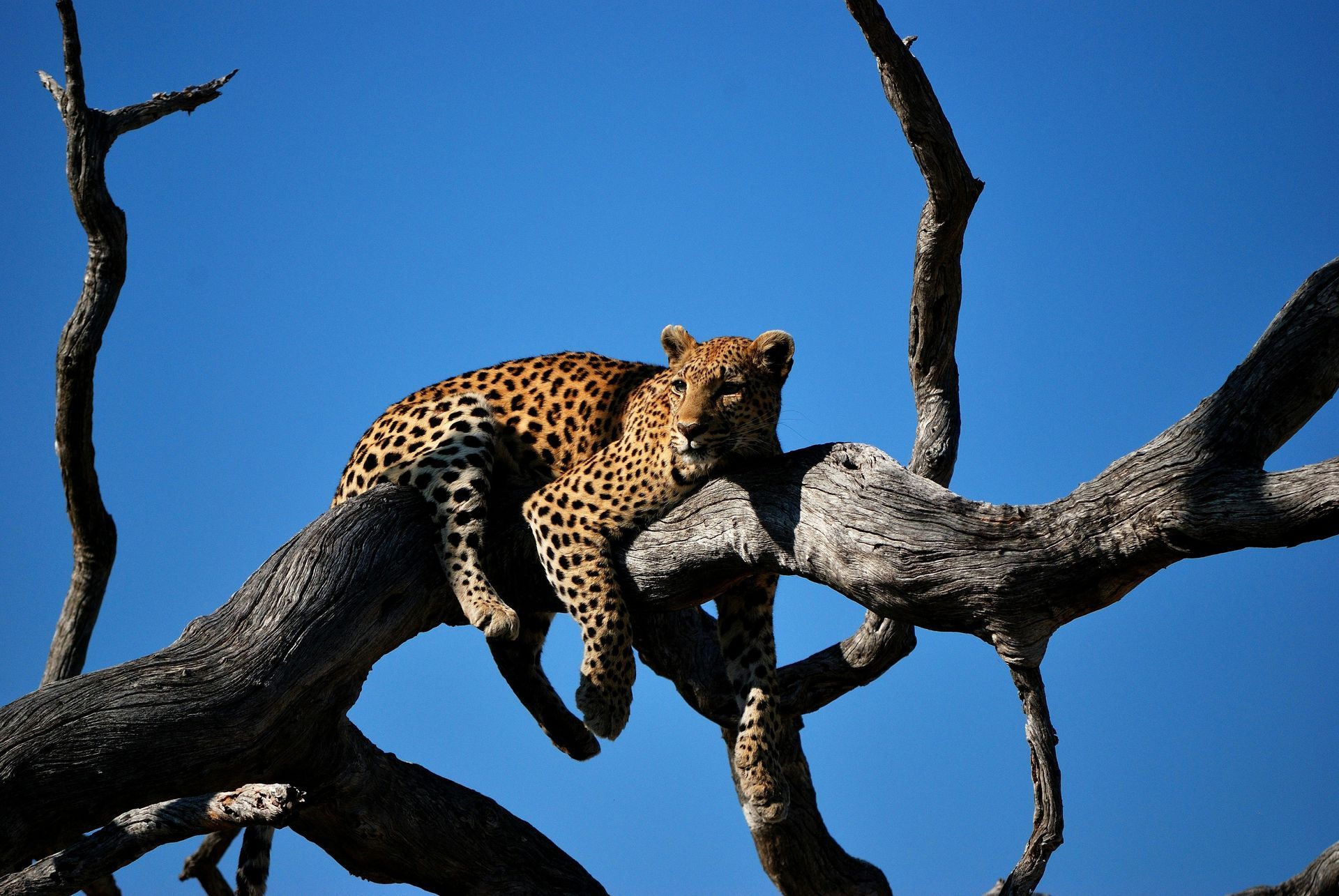
Slide title
Write your caption hereButton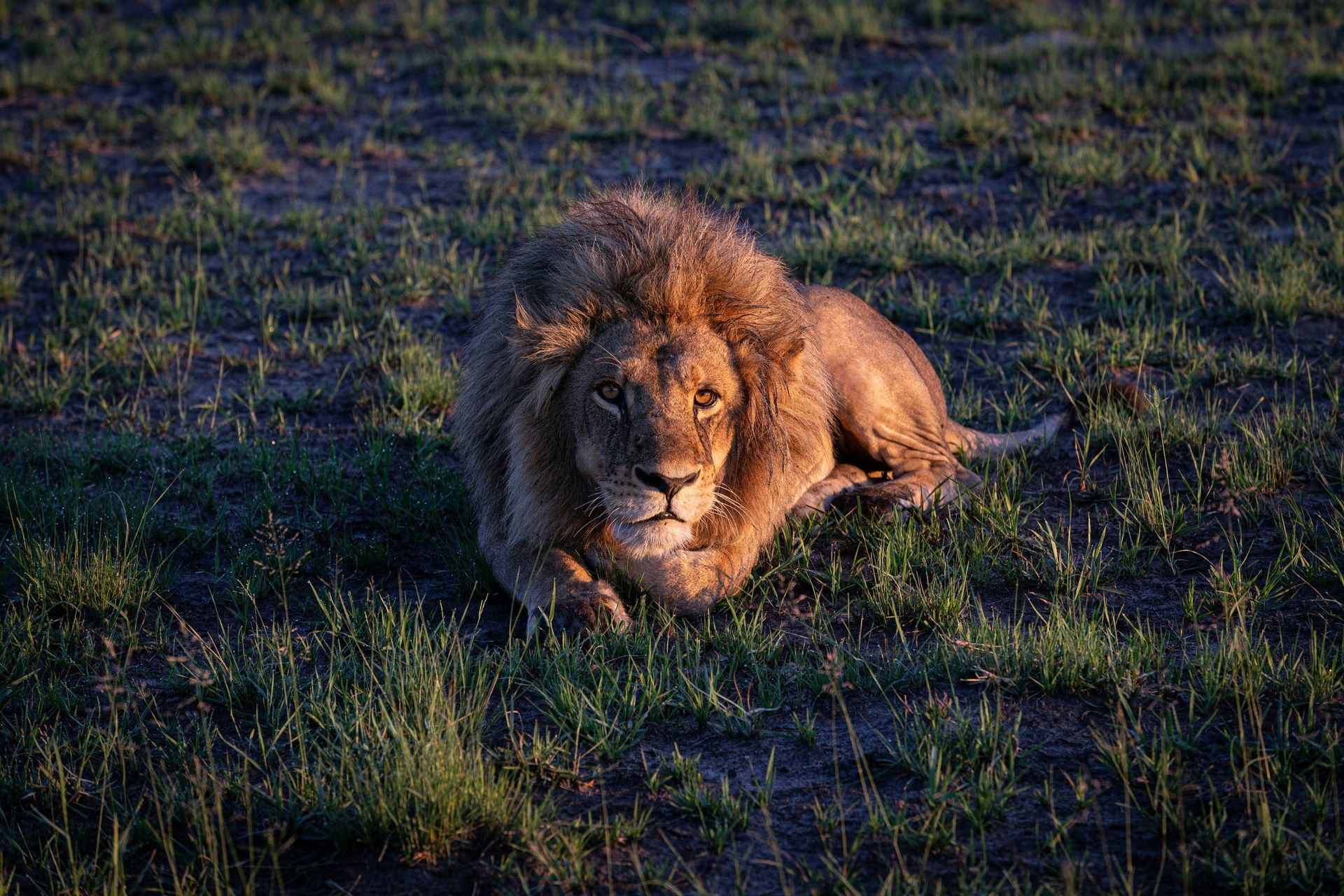
Slide title
Write your caption hereButton
About Botswana
Long before the arrival of Europeans and the Bantu-speaking tribes who moved southwards from north and central Africa, Botswana was home to Africa's First People - the San, also known as the Bushmen. Their ancient rock paintings still adorn the country's landscapes today and you'll still find communities, especially around the Kalahari, who hold on to their ancient way of life.
The modern history of Botswana began in the 19th century when European explorers finally ventured into the region. In the late 1800s, the British established control over the area, then known as the Bechuanaland Protectorate, to protect it from colonial expansion by rival European powers.
In 1966 Botswana gained independence from Britain, with Seretse Khama becoming the country's first President. Since then, Botswana has emerged as a beacon of stability and democracy in Africa and continues to develop and prosper.
With its spectacular landscapes, abundant wildlife, and commitment to conservation, Botswana is stealing the spotlight as the ultimate safari destination for travellers seeking an unforgettable African adventure.
Here are some of the destinations in Botswana...

Slide title
Write your caption hereButton
Slide title
Write your caption hereButton
Slide title
Write your caption hereButton
About Botswana
Long before the arrival of Europeans and the Bantu-speaking tribes who moved southwards from north and central Africa, Botswana was home to Africa's First People - the San, also known as the Bushmen. Their ancient rock paintings still adorn the country's landscapes today and you'll still find communities, especially around the Kalahari, who hold on to their ancient way of life.
The modern history of Botswana began in the 19th century when European explorers finally ventured into the region. In the late 1800s, the British established control over the area, then known as the Bechuanaland Protectorate, to protect it from colonial expansion by rival European powers.
In 1966 Botswana gained independence from Britain, with Seretse Khama becoming the country's first President. Since then, Botswana has emerged as a beacon of stability and democracy in Africa and continues to develop and prosper.
With its spectacular landscapes, abundant wildlife, and commitment to conservation, Botswana is stealing the spotlight as the ultimate safari destination for travellers seeking an unforgettable African adventure.
Here are some of the destinations in Botswana...

Slide title
Write your caption hereButton
Slide title
Write your caption hereButton
Slide title
Write your caption hereButton
About Botswana
Long before the arrival of Europeans and the Bantu-speaking tribes who moved southwards from north and central Africa, Botswana was home to Africa's First People - the San, also known as the Bushmen. Their ancient rock paintings still adorn the country's landscapes today and you'll still find communities, especially around the Kalahari, who hold on to their ancient way of life.
The modern history of Botswana began in the 19th century when European explorers finally ventured into the region. In the late 1800s, the British established control over the area, then known as the Bechuanaland Protectorate, to protect it from colonial expansion by rival European powers.
In 1966 Botswana gained independence from Britain, with Seretse Khama becoming the country's first President. Since then, Botswana has emerged as a beacon of stability and democracy in Africa and continues to develop and prosper.
With its spectacular landscapes, abundant wildlife, and commitment to conservation, Botswana is stealing the spotlight as the ultimate safari destination for travellers seeking an unforgettable African adventure.
Here are some of the destinations in Botswana...
THE OKAVANGO DELTA
The Okavango Delta is a breathtaking anomaly in the heart of Africa. Imagine a vast inland delta, a sprawling oasis where the mighty Okavango River meets the scorching sands of the Kalahari Desert. Unlike most rivers, the Okavango never reaches the ocean. Instead, every dry season its waters fan out across the parched landscape, fed by annual rains in Angola, creating a labyrinth of crystal-clear lagoons, fertile floodplains, and reedy islands.
This life-giving pulse, known as the annual inundation, transforms the desert into a lush paradise - a UNESCO World Heritage Site teeming with diverse flora and fauna. The annual floods synchronise the delta's ecosystem, with plants and animals thriving in perfect harmony with the changing seasons.
This unique wetland has become a haven for wildlife, attracting all the Big Five game animals – lions, leopards, elephants, rhinos, and buffalo – alongside a dazzling array of antelope, zebras, and countless bird species. The Okavango Delta is a paradise for safari-goers, offering an unparalleled opportunity to witness Africa's wildlife in a stunning and ever-evolving landscape.
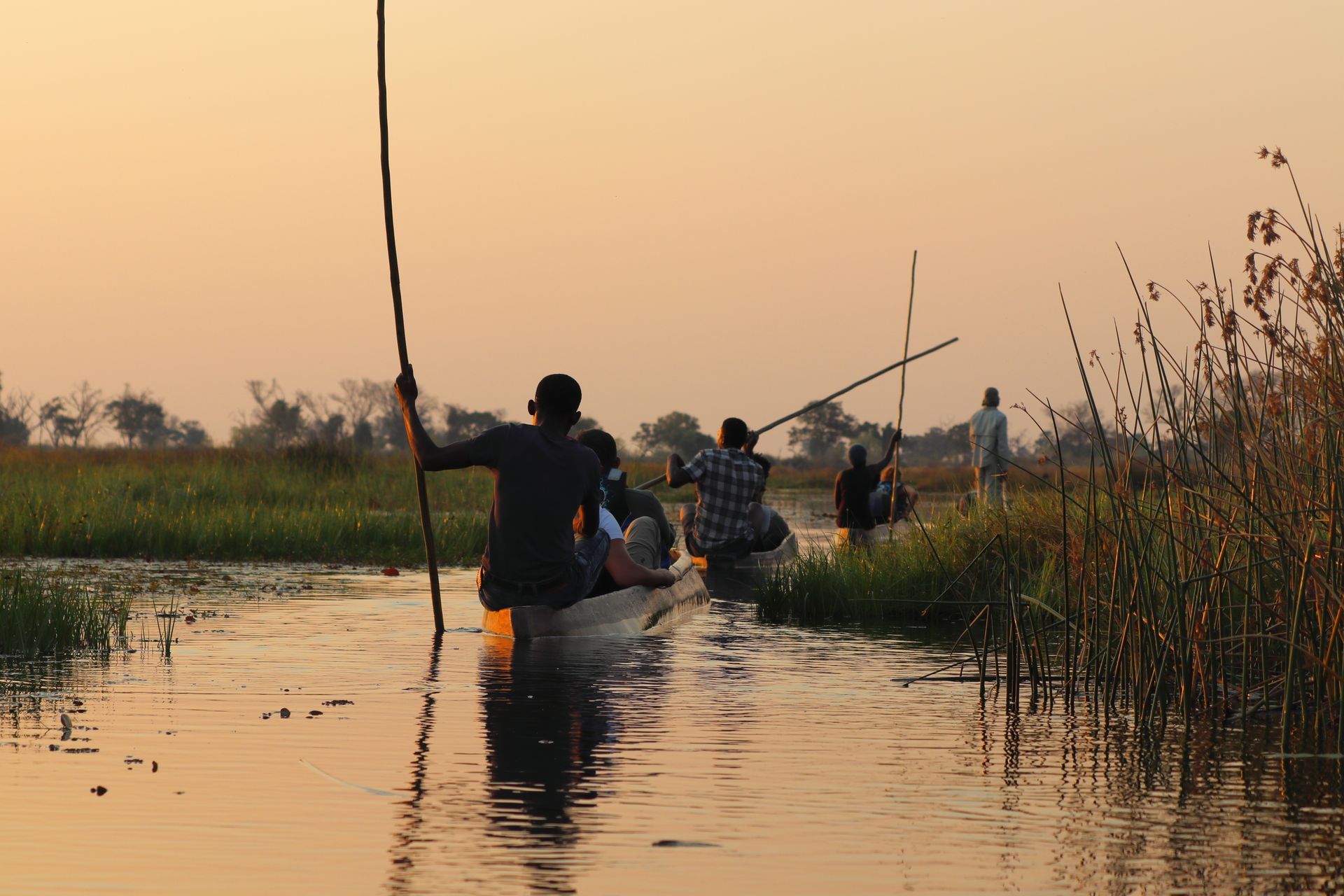
Slide title
Write your caption hereButton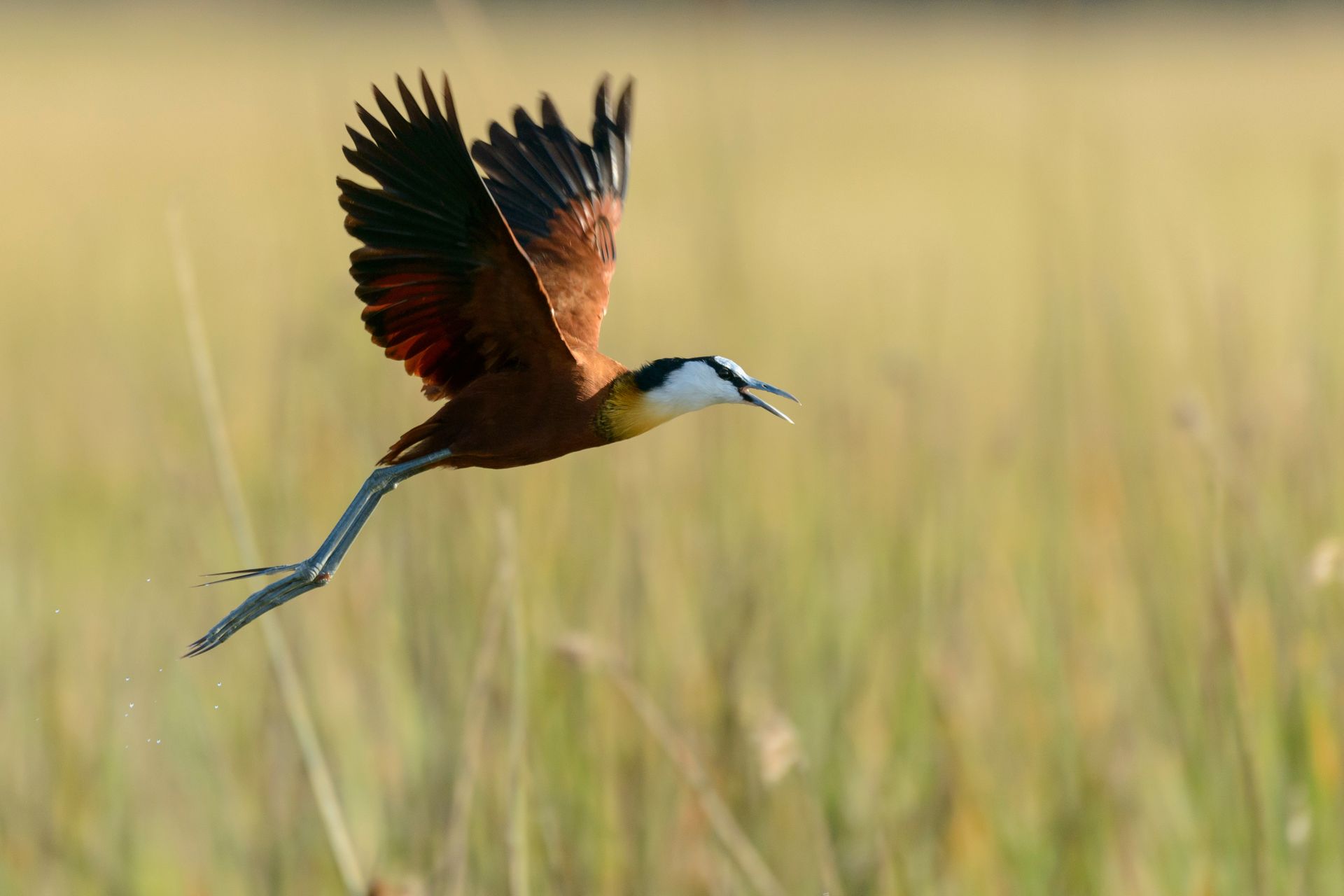
Slide title
Write your caption hereButton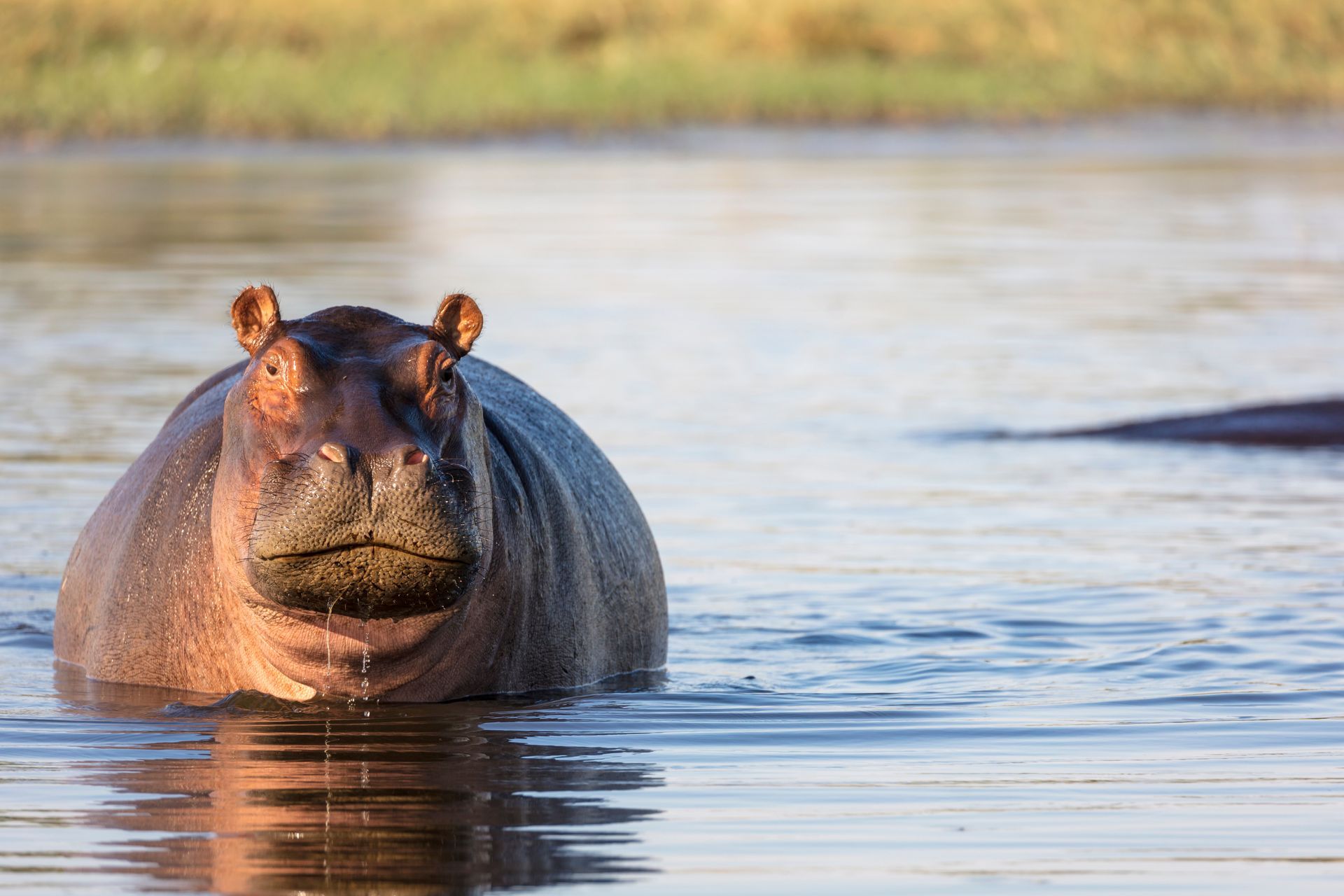
Slide title
Write your caption hereButton
THE OKAVANGO DELTA
The Okavango Delta is a breathtaking anomaly in the heart of Africa. Imagine a vast inland delta, a sprawling oasis where the mighty Okavango River meets the scorching sands of the Kalahari Desert. Unlike most rivers, the Okavango never reaches the ocean. Instead, every dry season its waters fan out across the parched landscape, fed by annual rains in Angola, creating a labyrinth of crystal-clear lagoons, fertile floodplains, and reedy islands.
This life-giving pulse, known as the annual inundation, transforms the desert into a lush paradise - a UNESCO World Heritage Site teeming with diverse flora and fauna. The annual floods synchronise the delta's ecosystem, with plants and animals thriving in perfect harmony with the changing seasons.
This unique wetland has become a haven for wildlife, attracting all the Big Five game animals – lions, leopards, elephants, rhinos, and buffalo – alongside a dazzling array of antelope, zebras, and countless bird species. The Okavango Delta is a paradise for safari-goers, offering an unparalleled opportunity to witness Africa's wildlife in a stunning and ever-evolving landscape.
THE OKAVANGO DELTA
The Okavango Delta is a breathtaking anomaly in the heart of Africa. Imagine a vast inland delta, a sprawling oasis where the mighty Okavango River meets the scorching sands of the Kalahari Desert. Unlike most rivers, the Okavango never reaches the ocean. Instead, every dry season its waters fan out across the parched landscape, fed by annual rains in Angola, creating a labyrinth of crystal-clear lagoons, fertile floodplains, and reedy islands.
This life-giving pulse, known as the annual inundation, transforms the desert into a lush paradise - a UNESCO World Heritage Site teeming with diverse flora and fauna. The annual floods synchronise the delta's ecosystem, with plants and animals thriving in perfect harmony with the changing seasons.
This unique wetland has become a haven for wildlife, attracting all the Big Five game animals – lions, leopards, elephants, rhinos, and buffalo – alongside a dazzling array of antelope, zebras, and countless bird species. The Okavango Delta is a paradise for safari-goers, offering an unparalleled opportunity to witness Africa's wildlife in a stunning and ever-evolving landscape.



CHOBE NATIONAL PARK
Nicknamed "the land of giants" for its staggering elephant population, Chobe boasts one of the highest concentrations of game in all of Africa. The lifeblood of the park is the majestic Chobe River, a shimmering ribbon of water snaking through woodlands and floodplains.
Come the dry season, the river transforms into a magnet, drawing an incredible throng of thirsty animals to its banks. Here, witnessing herds of elephants numbering in the hundreds is not uncommon, a breathtaking spectacle that defines the Chobe experience.
But Chobe is far more than just elephants. Beyond the riverfront, the park encompasses diverse ecosystems, from the sprawling Savuti Marsh with its seasonal floodplains teeming with birdlife, to the drier Kalahari woodlands where predators like lions and cheetahs find their domain.
This rich tapestry of habitats allows for an incredible variety of wildlife to thrive. From elusive predators to herds of antelope and massive Cape buffalo wallowing in the mud, Chobe offers an unforgettable safari experience, showcasing the raw beauty and untamed spirit of Africa.
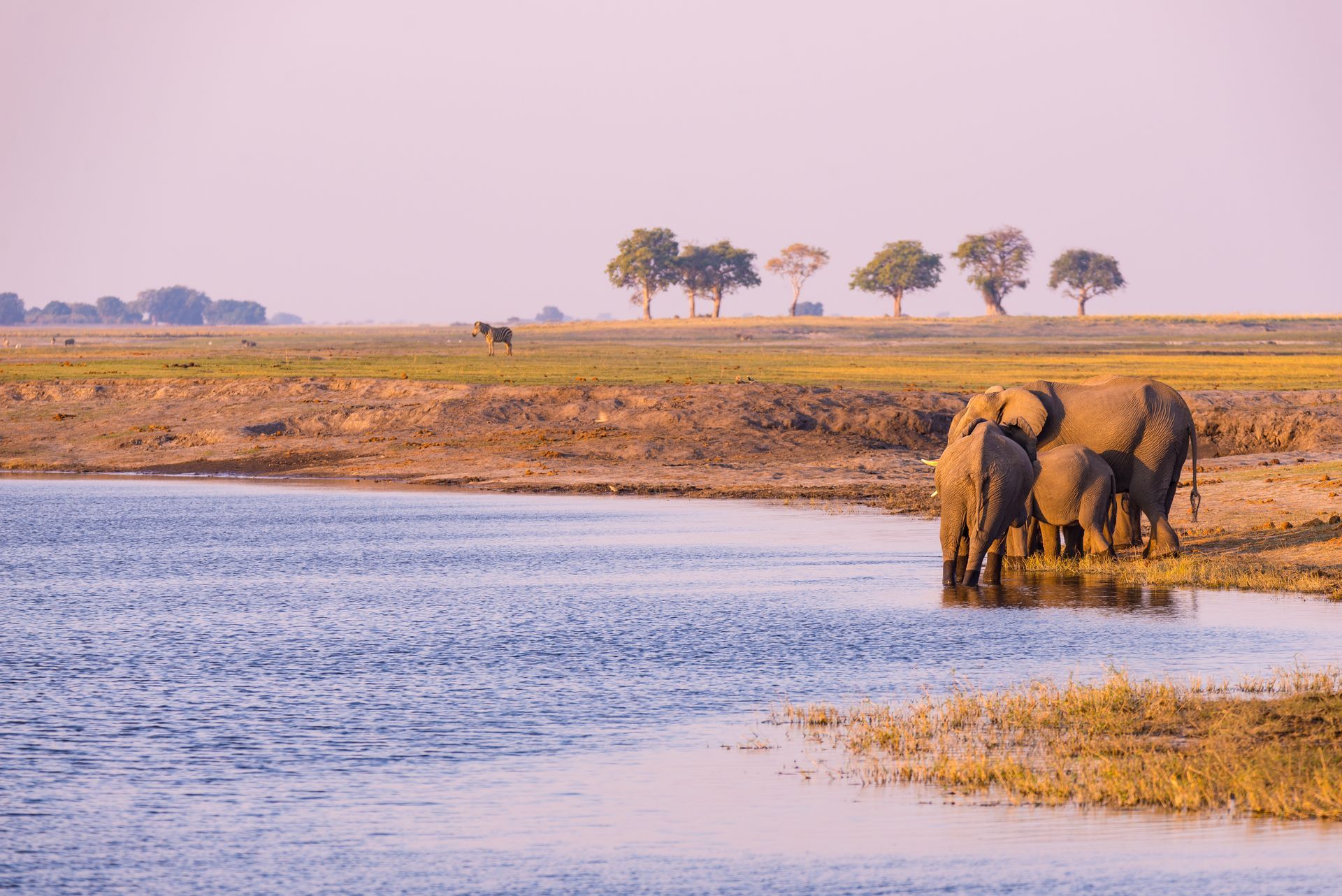
Slide title
Write your caption hereButton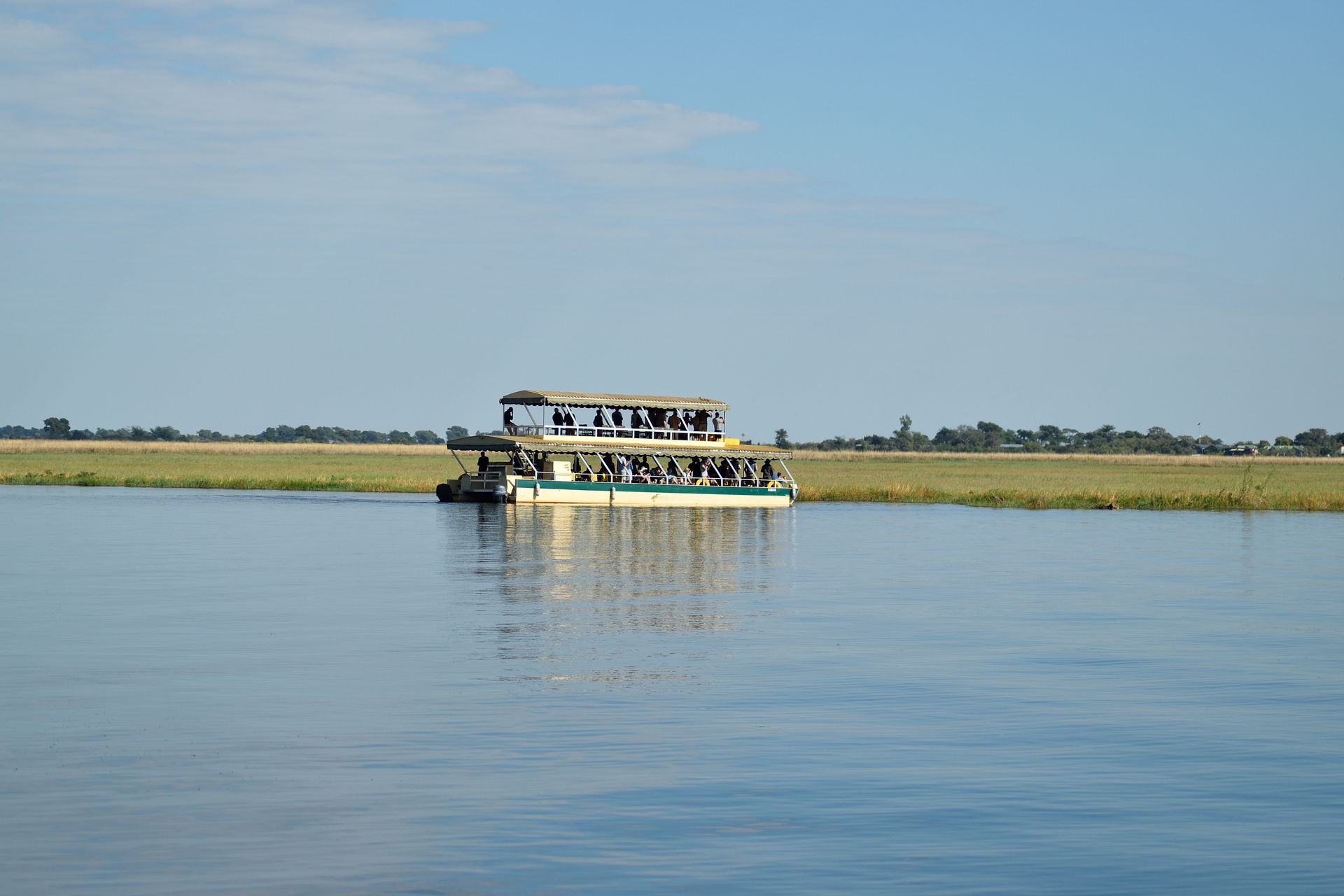
Slide title
Write your caption hereButton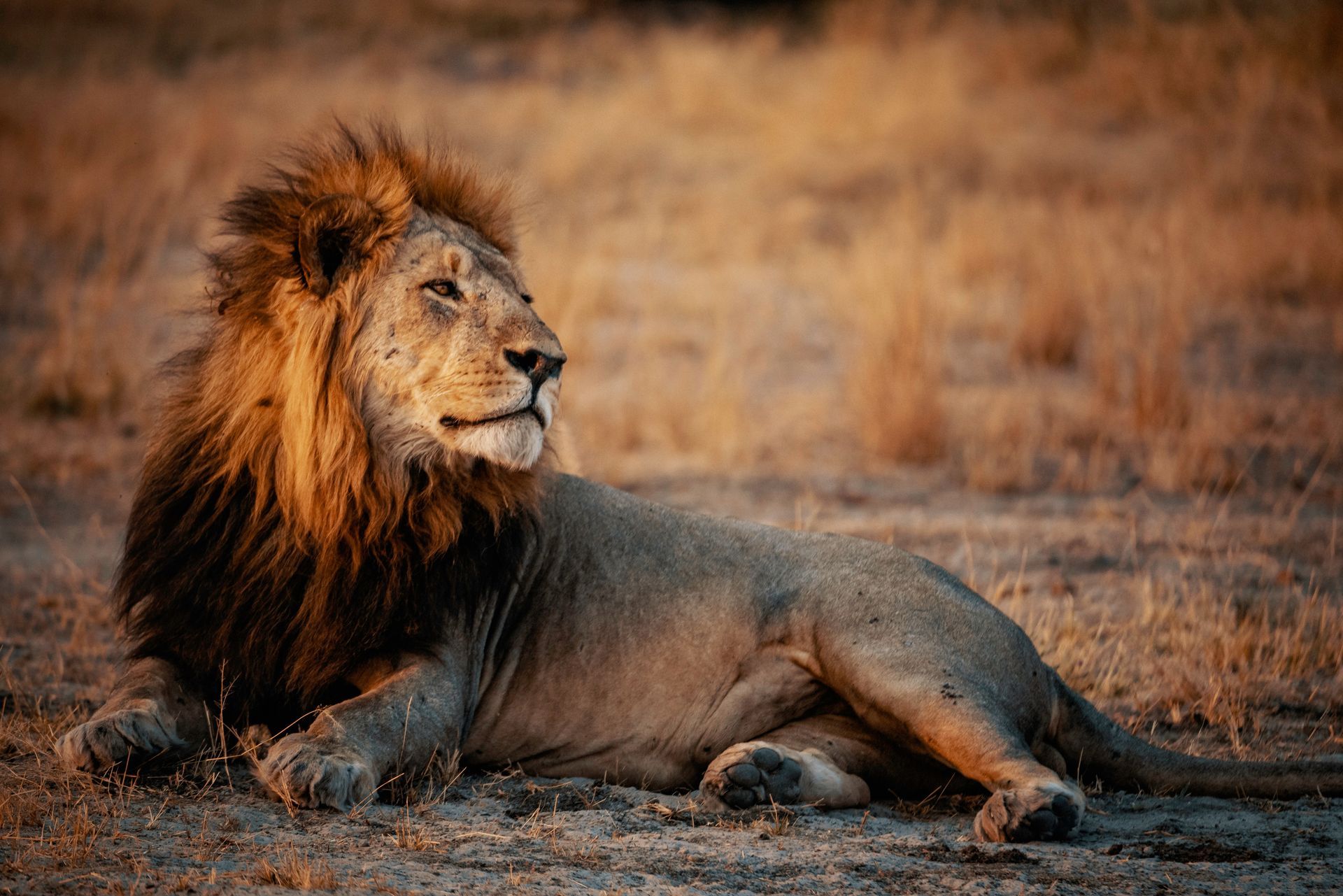
Slide title
Write your caption hereButton
CHOBE NATIONAL PARK
Nicknamed "the land of giants" for its staggering elephant population, Chobe boasts one of the highest concentrations of game in all of Africa. The lifeblood of the park is the majestic Chobe River, a shimmering ribbon of water snaking through woodlands and floodplains.
Come the dry season, the river transforms into a magnet, drawing an incredible throng of thirsty animals to its banks. Here, witnessing herds of elephants numbering in the hundreds is not uncommon, a breathtaking spectacle that defines the Chobe experience.
But Chobe is far more than just elephants. Beyond the riverfront, the park encompasses diverse ecosystems, from the sprawling Savuti Marsh with its seasonal floodplains teeming with birdlife, to the drier Kalahari woodlands where predators like lions and cheetahs find their domain.
This rich tapestry of habitats allows for an incredible variety of wildlife to thrive. From elusive predators to herds of antelope and massive Cape buffalo wallowing in the mud, Chobe offers an unforgettable safari experience, showcasing the raw beauty and untamed spirit of Africa.
CHOBE NATIONAL PARK
Nicknamed "the land of giants" for its staggering elephant population, Chobe boasts one of the highest concentrations of game in all of Africa. The lifeblood of the park is the majestic Chobe River, a shimmering ribbon of water snaking through woodlands and floodplains.
Come the dry season, the river transforms into a magnet, drawing an incredible throng of thirsty animals to its banks. Here, witnessing herds of elephants numbering in the hundreds is not uncommon, a breathtaking spectacle that defines the Chobe experience.
But Chobe is far more than just elephants. Beyond the riverfront, the park encompasses diverse ecosystems, from the sprawling Savuti Marsh with its seasonal floodplains teeming with birdlife, to the drier Kalahari woodlands where predators like lions and cheetahs find their domain.
This rich tapestry of habitats allows for an incredible variety of wildlife to thrive. From elusive predators to herds of antelope and massive Cape buffalo wallowing in the mud, Chobe offers an unforgettable safari experience, showcasing the raw beauty and untamed spirit of Africa.



THE KALAHARI
Dominating a vast swathe of Botswana, the Kalahari Desert is a place of stark beauty and surprising resilience. Unlike the stereotypical image of a barren wasteland, Botswana's Kalahari is a semi-arid savannah, sculpted by the ever-present wind. Seasonal rains transform this dusty expanse into a vibrant landscape, pulsating with life that has adapted to thrive in this unforgiving environment.
The Central Kalahari Game Reserve boasts hidden gems like the Boteti River, a lifeline for wildlife during the dry season, and fossilised riverbeds whispering tales of a wetter past.
The Kalahari's resilience is in its diversity. Acacia trees, their roots reaching deep for hidden water, dot the landscape. Springbok and gemsbok gracefully traverse the plains, while ever-watchful meerkats stand sentry on their hind legs.
Following the precious rains, wildflowers erupt in a vibrant display, painting the vast landscapes in a kaleidoscope of colours. The Kalahari is also home to the fascinating San people, whose rich culture is deeply intertwined with the desert's rhythm. Having adapted to this challenging environment for millennia, they offer a glimpse into a way of life shaped by the Kalahari's unique beauty and harsh realities.
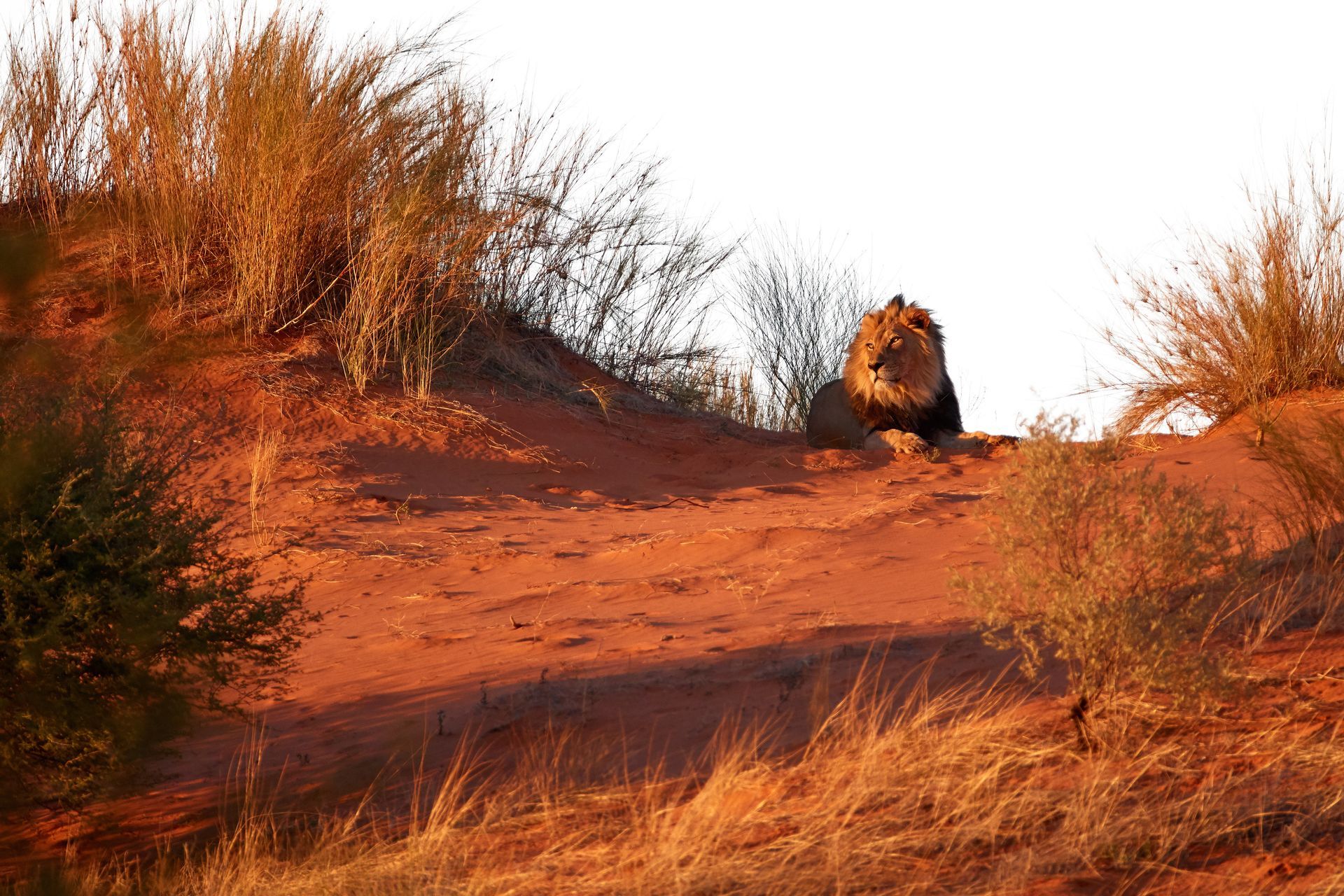
Slide title
Write your caption hereButton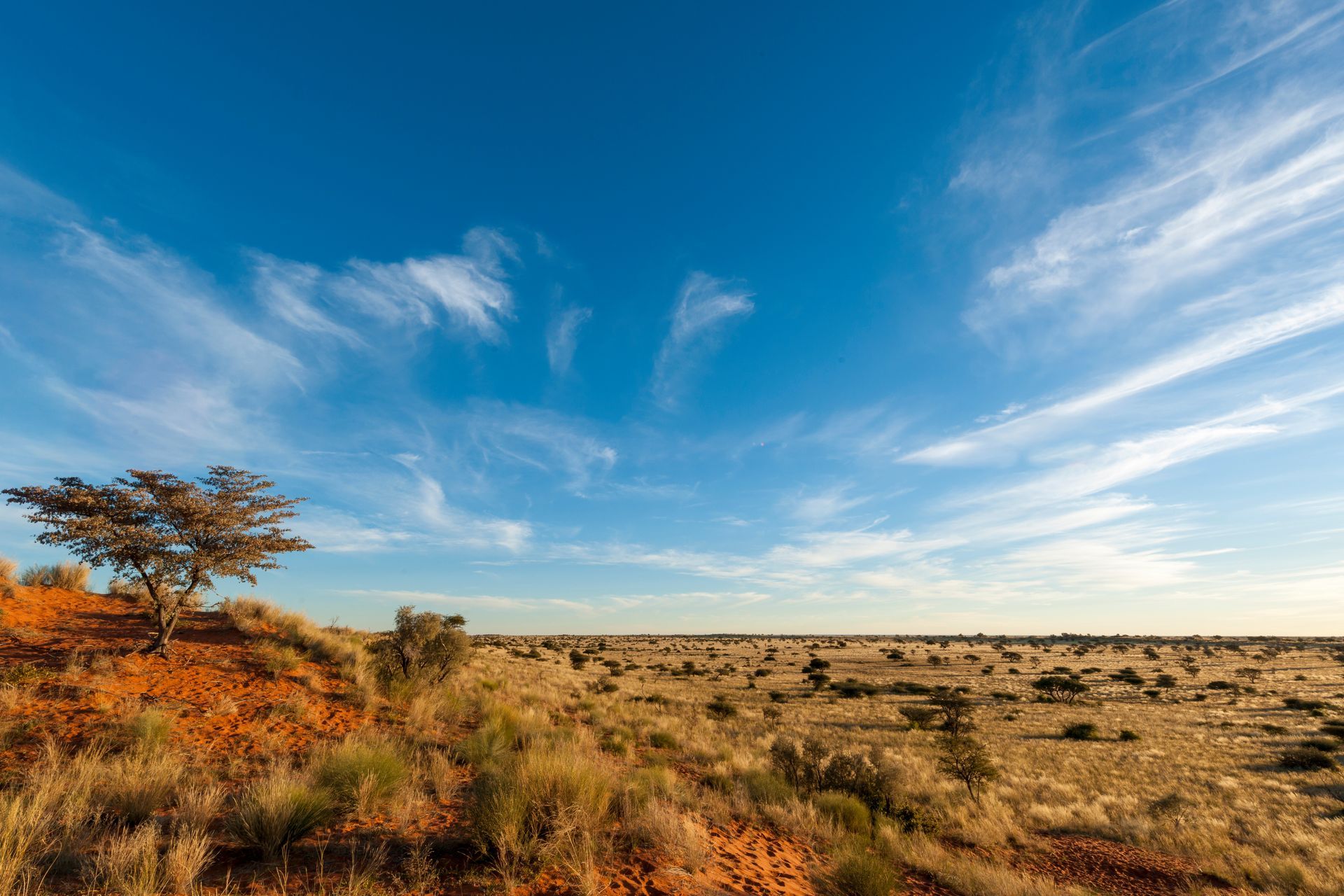
Slide title
Write your caption hereButton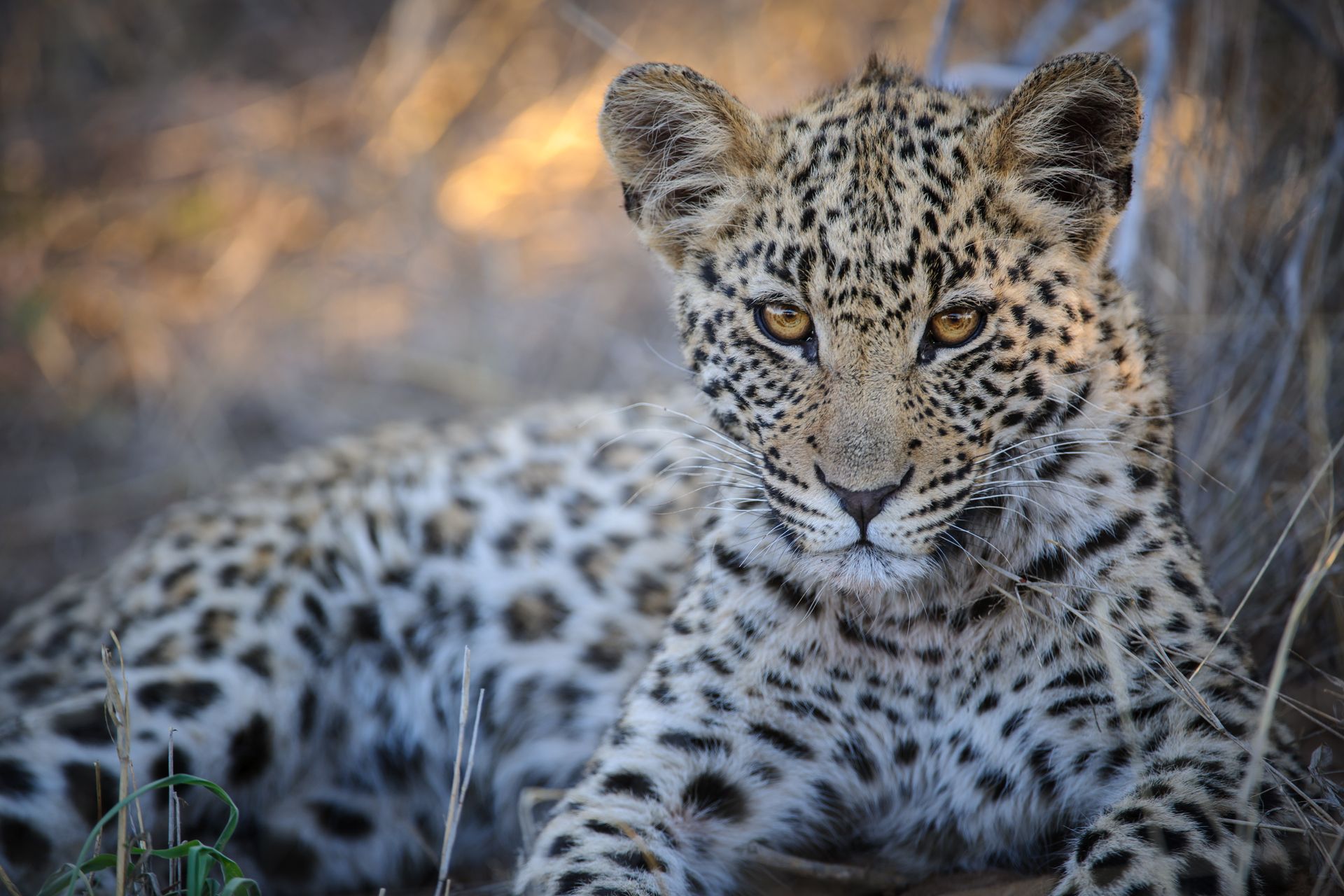
Slide title
Write your caption hereButton
THE KALAHARI
Dominating a vast swathe of Botswana, the Kalahari Desert is a place of stark beauty and surprising resilience. Unlike the stereotypical image of a barren wasteland, Botswana's Kalahari is a semi-arid savannah, sculpted by the ever-present wind. Seasonal rains transform this dusty expanse into a vibrant landscape, pulsating with life that has adapted to thrive in this unforgiving environment.
The Central Kalahari Game Reserve boasts hidden gems like the Boteti River, a lifeline for wildlife during the dry season, and fossilised riverbeds whispering tales of a wetter past.
The Kalahari's resilience is in its diversity. Acacia trees, their roots reaching deep for hidden water, dot the landscape. Springbok and gemsbok gracefully traverse the plains, while ever-watchful meerkats stand sentry on their hind legs.
Following the precious rains, wildflowers erupt in a vibrant display, painting the vast landscapes in a kaleidoscope of colours. The Kalahari is also home to the fascinating San people, whose rich culture is deeply intertwined with the desert's rhythm. Having adapted to this challenging environment for millennia, they offer a glimpse into a way of life shaped by the Kalahari's unique beauty and harsh realities.
THE KALAHARI
Dominating a vast swathe of Botswana, the Kalahari Desert is a place of stark beauty and surprising resilience. Unlike the stereotypical image of a barren wasteland, Botswana's Kalahari is a semi-arid savannah, sculpted by the ever-present wind. Seasonal rains transform this dusty expanse into a vibrant landscape, pulsating with life that has adapted to thrive in this unforgiving environment.
The Central Kalahari Game Reserve boasts hidden gems like the Boteti River, a lifeline for wildlife during the dry season, and fossilised riverbeds whispering tales of a wetter past.
The Kalahari's resilience is in its diversity. Acacia trees, their roots reaching deep for hidden water, dot the landscape. Springbok and gemsbok gracefully traverse the plains, while ever-watchful meerkats stand sentry on their hind legs.
Following the precious rains, wildflowers erupt in a vibrant display, painting the vast landscapes in a kaleidoscope of colours. The Kalahari is also home to the fascinating San people, whose rich culture is deeply intertwined with the desert's rhythm. Having adapted to this challenging environment for millennia, they offer a glimpse into a way of life shaped by the Kalahari's unique beauty and harsh realities.



MAKGADIKGADI PANS
In stark contrast to the lush Okavango Delta, the Makgadikgadi Pans National Park presents a landscape of dramatic beauty and a unique ecosystem. Imagine a vast expanse of shimmering white stretching towards the horizon – this is the legacy of a colossal ancient lake that evaporated millennia ago, leaving behind one of the world's largest salt pans. The name Makgadikgadi itself translates to "the great place of thirst," hinting at the park's arid nature.
But beneath the starkness lies a surprising richness. The seasonal rains transform the pans into temporary havens. Although ephemeral, these shallow pools become magnets for wildlife. Zebra migrations numbering in the tens of thousands thunder across the plains, while springbok and wildebeest arrive to drink and graze on the fresh grasses that sprout around the water's edge. Predators like lions and cheetahs follow close behind, creating a dynamic spectacle of life and death.
Beyond the seasonal drama, the Makgadikgadi Pans offer a magical isolation. Stargazing here is phenomenal, with the vast, unpolluted sky ablaze with a million glittering stars. Scattered across the landscape are ancient baobab trees, some estimated to be thousands of years old, silent sentinels standing witness to the ever-changing face of this extraordinary place.
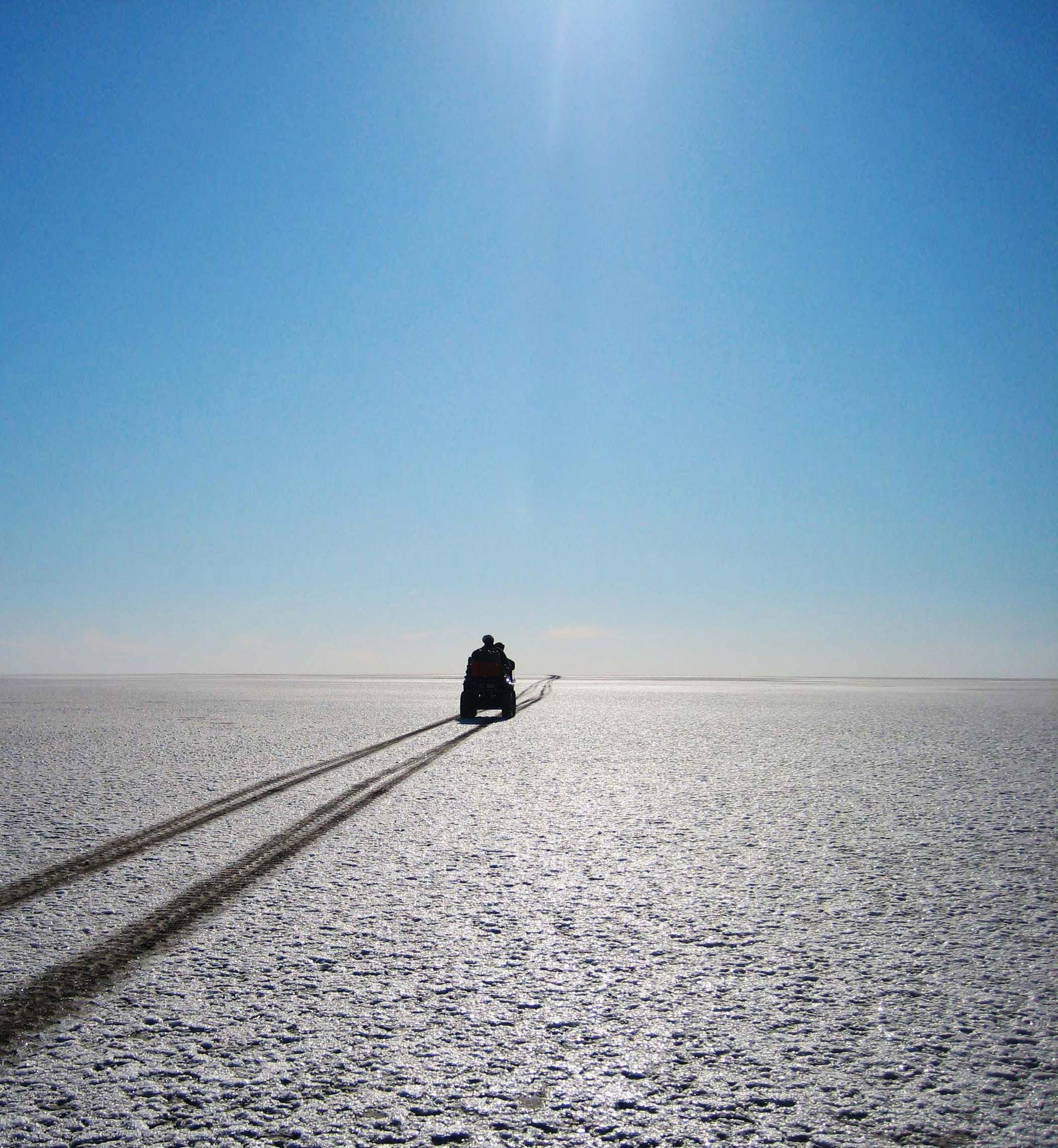
Slide title
Write your caption hereButton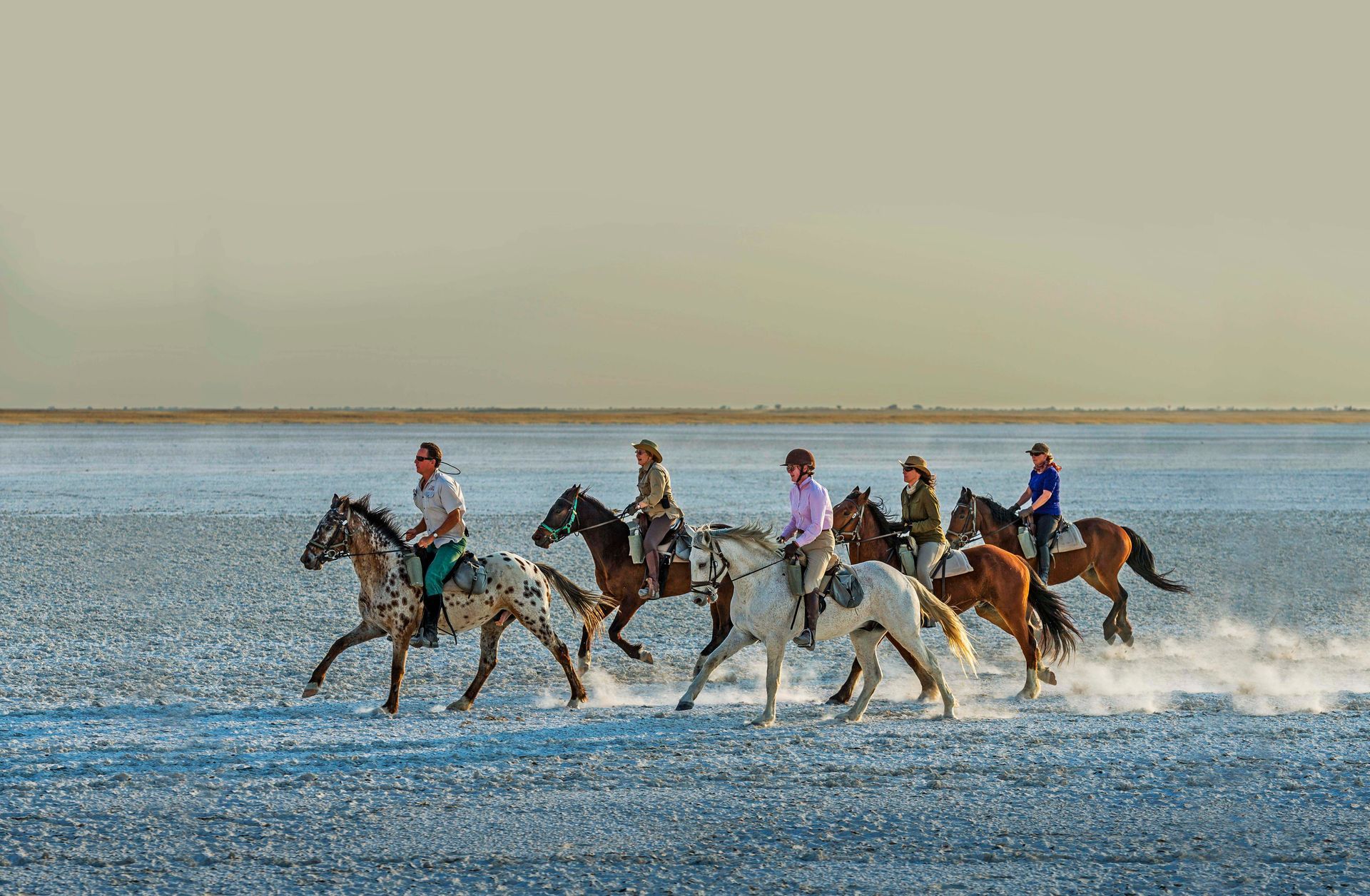
Slide title
Write your caption hereButton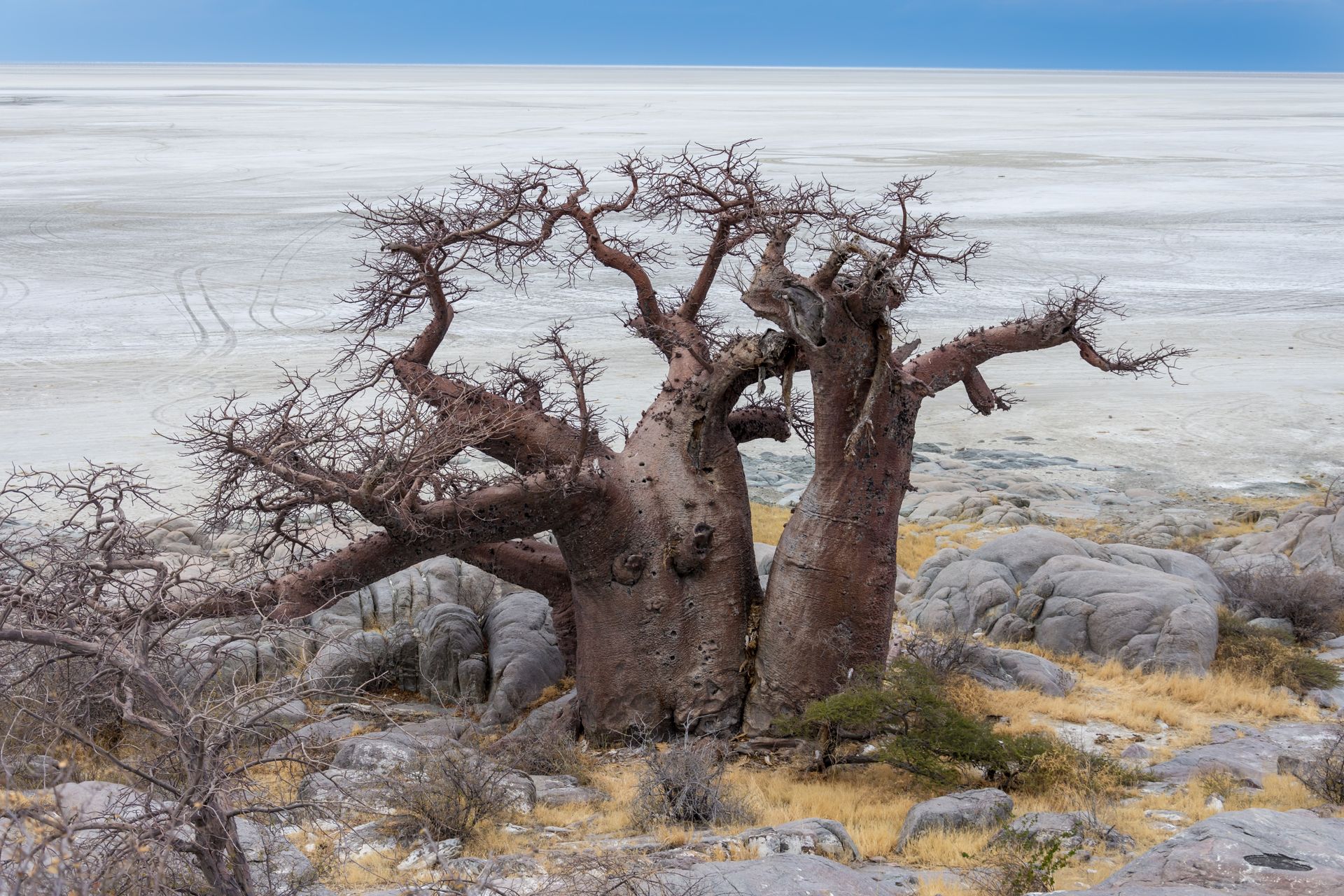
Slide title
Write your caption hereButton
MAKGADIKGADI PANS
In stark contrast to the lush Okavango Delta, the Makgadikgadi Pans National Park presents a landscape of dramatic beauty and a unique ecosystem. Imagine a vast expanse of shimmering white stretching towards the horizon – this is the legacy of a colossal ancient lake that evaporated millennia ago, leaving behind one of the world's largest salt pans. The name Makgadikgadi itself translates to "the great place of thirst," hinting at the park's arid nature.
But beneath the starkness lies a surprising richness. The seasonal rains transform the pans into temporary havens. Although ephemeral, these shallow pools become magnets for wildlife. Zebra migrations numbering in the tens of thousands thunder across the plains, while springbok and wildebeest arrive to drink and graze on the fresh grasses that sprout around the water's edge. Predators like lions and cheetahs follow close behind, creating a dynamic spectacle of life and death.
Beyond the seasonal drama, the Makgadikgadi Pans offer a magical isolation. Stargazing here is phenomenal, with the vast, unpolluted sky ablaze with a million glittering stars. Scattered across the landscape are ancient baobab trees, some estimated to be thousands of years old, silent sentinels standing witness to the ever-changing face of this extraordinary place.
MAKGADIKGADI PANS
In stark contrast to the lush Okavango Delta, the Makgadikgadi Pans National Park presents a landscape of dramatic beauty and a unique ecosystem. Imagine a vast expanse of shimmering white stretching towards the horizon – this is the legacy of a colossal ancient lake that evaporated millennia ago, leaving behind one of the world's largest salt pans. The name Makgadikgadi itself translates to "the great place of thirst," hinting at the park's arid nature.
But beneath the starkness lies a surprising richness. The seasonal rains transform the pans into temporary havens. Although ephemeral, these shallow pools become magnets for wildlife. Zebra migrations numbering in the tens of thousands thunder across the plains, while springbok and wildebeest arrive to drink and graze on the fresh grasses that sprout around the water's edge. Predators like lions and cheetahs follow close behind, creating a dynamic spectacle of life and death.
Beyond the seasonal drama, the Makgadikgadi Pans offer a magical isolation. Stargazing here is phenomenal, with the vast, unpolluted sky ablaze with a million glittering stars. Scattered across the landscape are ancient baobab trees, some estimated to be thousands of years old, silent sentinels standing witness to the ever-changing face of this extraordinary place.



Want to go to Botswana?
Explore with Claire's stories
Want to go to Botswana?
Explore with Claire's stories
Want to go to Botswana?
Explore with Claire's stories



Phone: +27 82 598 3168
Email: info@hasslefreeafrica.com
124 Gladiolus Ave
Brenton on Sea
Knysna
6571
Sunny South Africa's gorgeous Garden Route
Designed & powered by: The Safari Collective
All Rights Reserved | Hassle Free Africa
Designed & powered by: The Safari Collective
All Rights Reserved | Hassle Free Africa




